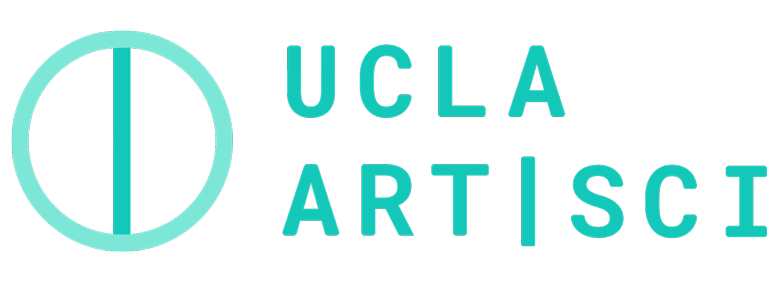Scientists
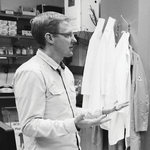
Adam Stieg
nanopicolab.cnsi.ucla.edu/stieg
Adam Stieg serves as Director for the Sci|Art NanoLab Summer Institute. As a scientist and educator at the California NanoSystems Institute (CNSI), his work focuses on developing integrated approaches to study material systems at the interface of traditional boundaries. Through the implementation of original experimental techniques, this research seeks to bridge the gap between our current understanding of nanomaterials and their fundamental properties with how these systems tend toward complexity at increased scales of space and time. Dr. Stieg's research activities are augmented by active collaboration with artists and designers on various projects, installations, and public exhibitions that directly inform the scientific process and provide motivation to develop new educational content that conveys the need for creativity in innovation.
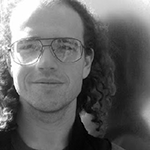
Ariel Levi Simons
Ariel Levi Simons is a PhD student at the University of Southern California in the Division of Marine and Environmental Biology and is researching ecology and aquaculture. Over the years, Simons has worked in diverse fields of education and he and his students have been involved in unique projects ranging from designing insect traps to monitor nuclear fallout from the Fukushima meltdown to building a distributed cosmic-ray detector array using cellphone cameras. He will be giving a lecture and embodied workshop on network ecologies and interspecies interactions.
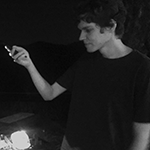
Chris Dunham
Chris Dunham is a first-year graduate student in the Gimzewski lab at UCLA. Chris received a B.S. in Chemistry at the University of Michigan - Ann Arbor. As an undergraduate, Chris spent time in biophysical and computational/theoretical research groups; following his move to UCLA, he has now made the transition to biological and materials nanoscience research in the Gimzewski lab. Because he is a first-year graduate student, Chris no longer has free time for hobbies; however, he spends what little free time he accumulates - typically in the wee hours of the night - plotting world domination. The last year has demonstrated that anything can happen.
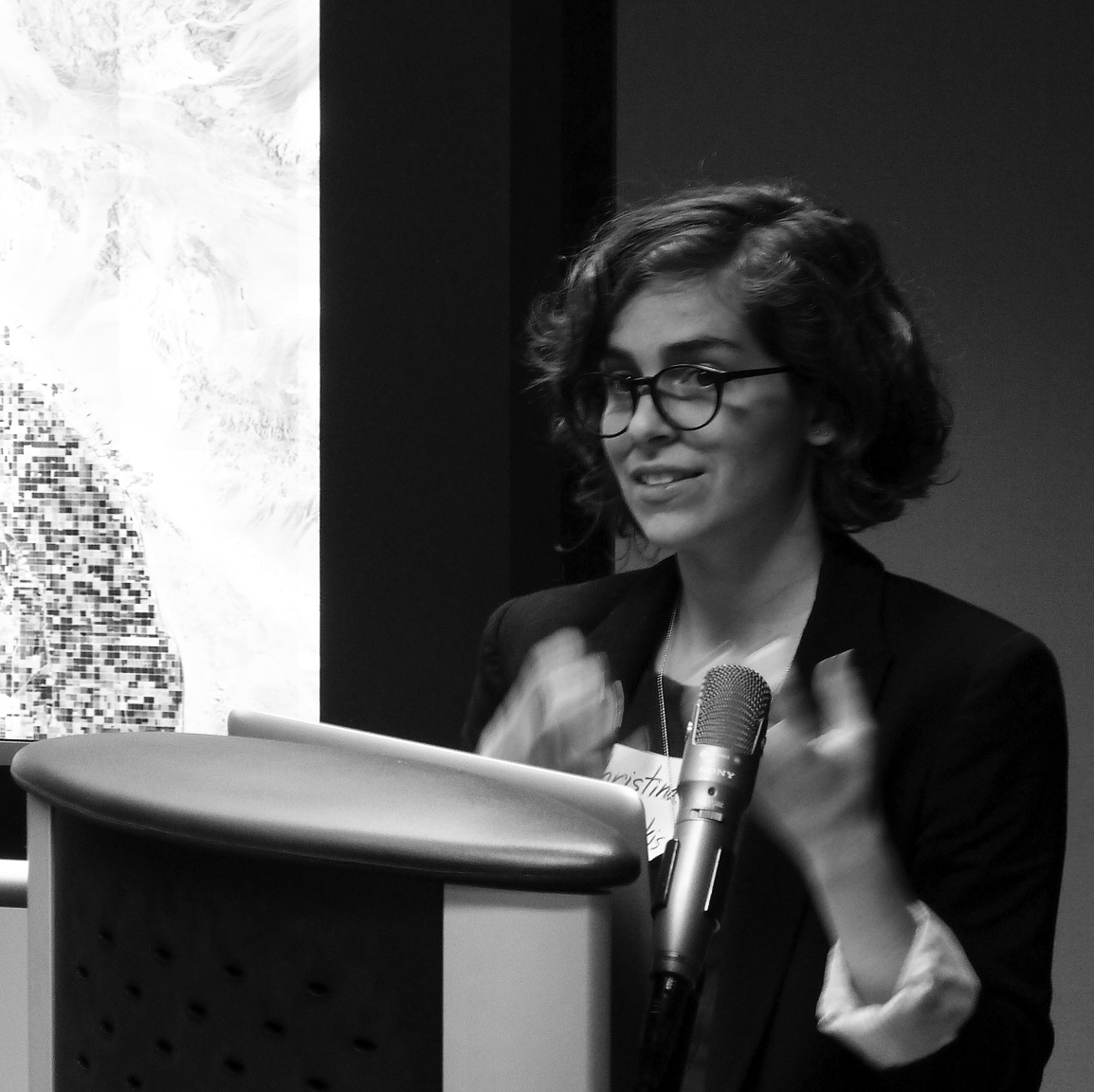
Christina Agapakis
Christina Agapakis is a synthetic biologist interested in the structure, evolution and design of the microbial communities that help us to produce and digest our food. Her research is collaborative and multidisciplinary, working with engineers, artists, and designers and ranging from the ecology of soil to skin to cheese. Her blog, Oscillator (http://blogs.scientificamerican.com/oscillator), is hosted by Scientific American.

Dayan Wickramaratne
Dayan Wickramaratne is a Biomedical Engineer/Scientist, who graduated from UCLA recently. His work during ucla involved inventing a cancer diagnostic medical device for superficial cancers. He’s currently working as a curator for events at Art|Sci Center. He loves to fly drones in his free time and make aerial cinematic videos. He also plays violin and enjoy VR drawing in Google Brush. Nanolab Instructor

James Gimzewski
Jim Gimzewski is a Distinguished Professor of Chemistry at the University of California, Los Angeles; Director of the Nano & Pico Characterization Core Facility of the California NanoSystems Institute; Scientific Director of the Art|Sci Center and Principal Investigator and Satellites Co-Director of the WPI Center for Materials NanoArchitectonics (MANA) in Japan. Prior to joining the UCLA faculty, he was a group leader at IBM Zurich Research Laboratory, where he research in nanoscale science and technology for more than 18 years. Dr. Gimzewski pioneered research on mechanical and electrical contacts with single atoms and molecules using scanning tunneling microscopy (STM) and was one of the first persons to image molecules with STM. His accomplishments include the first STM-based fabrication of molecular suprastructures at room temperature using mechanical forces to push molecules across surfaces, the discovery of single molecule rotors and the development of new micromechanical sensors based on nanotechnology, which explore ultimate limits of sensitivity and measurement. This approach was recently used to convert biochemical recognition into Nanomechanics. His current interests are in the nanomechanics of cells and bacteria where he collaborates with the UCLA Medical and Dental Schools. He is involved in projects that range from the operation of X-rays, ions and nuclear fusion using pyroelectric crystals, direct deposition of carbon nanotubes and single molecule DNA profiling. Dr. Gimzewski is also involved in numerous art-science collaborative projects that have been exhibited in museums throughout the world.

Olivia Osborne
Originally from London, UK; Dr. Olivia Osborne is an interdisciplinary scientist and artist. Being a hybrid herself (English/Spanish); she has always been able to see multiple facets to her daily life and is able to integrate thoughts in an interestingly mutualistic way. Her passion lies in nature and tries to encompass that in every aspect of her life. She initiated her fervor for art at school where she took inspirational advantage of living in such a vibrant city that is London and was encouraged to exhibit and pursue her love for art. Science however, was the other main zeal in her life, which lead her to read Biological Sciences at the University of Exeter, specialising in ecotoxicology, developmental biology and environmental biology. During this time her environmental stewardship shone through as she undertook terrestrial conservation work in the jungles of Honduras and marine work in the oceans of the Bahamas. She then pursued and received her PhD in the ecotoxicology of nanomaterials from the University of Exeter, UK. Today- she swapped the quintessential picturesque Southwest England for the multifarious city of Los Angeles-where she is a postdoctoral scholar at UCLA working on the hazard assessment of nanoparticles in the environment. Her current research interests lie in environmental toxicology, nanoparticle hazard assessment and high throughput toxicity screening. Aside from being a dedicated research scientist, she keeps up her ardour for art perpetually experimenting with all forms of media, constantly exploring new ways to portray art in different forms.

Rita Blaik
Rita Blaik is a multidisciplinary scientist and artist based in Los Angeles, California. Her life's goal is to find new and innovative ways of communicating science to people through interactive discussions, art, and other media. Since 2009 she has been an instructor for the Sci|Art Nanolab and from 2011-2012, was the Art|Sci Center Networking Outreach Coordinator. She had her first solo exhibition at the Art|Sci Center, Altered States, in Fall 2012. Rita received her B.S. in Materials Science & Engineering from the University of California at Irvine, and is currently pursuing a PhD in the same at UCLA. She is a proud fellow of the NSF IGERT Clean Energy for Green Industry fellowship and works with Professor Bruce Dunn on biological fuel cell systems and architectures.
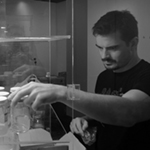
Romie Littrell
I research and create inspirational experiences from health and biotech concepts. I like to fuse digital media, tangible hardware, and storytelling into something that makes life richer as well as longer. I'm also experienced in guiding teams through user-centered design and rapid prototyping to turn things and ideas into actions.

Sam Lilak
Sam Lilak received his undergraduate degree in chemistry at the University of North Dakota researching lignin, a natural biopolymer, with a focus on developing techniques to harvest its selective degradation products for the green, economical attainment of desired organic precursors and fuel products. He is currently pursuing his PhD in Chemistry at UCLA under the guidance of Dr. James Gimzewski researching the utilization of scanning probe microscopy techniques and their applications towards atomically precise manufacturing. His work in the Sci|Art program hybridizes the visual arts with techniques employed in semiconductor fabrication and manufacturing.
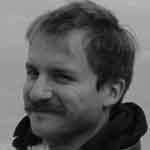
Samuel A. LoCascio
Samuel A. LoCascio obtained his PhD in Neuroscience from the Massachusetts Institute of Technology studying mechanisms of brain regeneration in flatworms. He is currently a postdoctoral fellow in the lab of Dr. S. Lawrence Zipursky at UCLA, where he studies genetic programs of neuronal wiring using the fruit fly as a model organism. Sam will talk about CRISPR Cas9 with the Sci|Art students in both research and application.
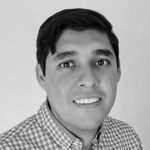
Santiago Torres
Santiago Torres is an astrophysicist working as a postdoctoral scholar in UCLA's Physics and Astronomy department. His research focuses on the dynamical interactions of different celestial bodies, from stars to planets and comets. Santiago obtained his Ph.D. in Astrophysics at Leiden Observatory in The Netherlands. Since then, he has also explored the universe through Art and traverses the intersection between Art and Science. Santiago is currently developing the project: ScienceArt:Collective {SA:C}, a space to connect and initiate collaborations between scientists and artists worldwide. Santiago has published his scientific work in several high-impact journals in astrophysics. His scientific and ArtSci works can be found here: https://santiago-torres.com
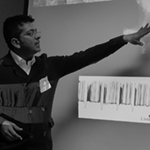
Siddharth Ramakrishnan
http://www.siddharthramakrishnan.com/
I am interested in the cusp of disciplines and the dialog that arises at that juncture. Art and Science have long been thought to be completely divergent fields, but I believe that there is a lot to be discovered by blending the two, and by allowing scientists and artists to engage with one another.

